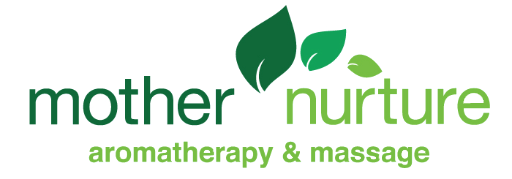Probably the easiest and most convenient method of application of essential oils is via inhalation. It also carries the lowest risk of adverse reactions. Essential oil vapours can enter our olfactory (smell) system via direct exposure (smelling from the bottle or a bowl of hot water) or use of essential oils in diffusers, vaporisers, the bath or massage.
The therapeutic effect of inhaling essential oils is often underestimated. Essential oil vapours travel to parts of our brain where they can influence our central nervous system. A simple sniff of an appropriate essential oil or blend can have a profound effect on our mood and behaviours.
Diffusing essential oils into the environment can help relax or revive, as well as purifying the air. Some essential oils are great air antiseptics making them beneficial in a sick household.
Also, it is “known that essential oils are readily absorbed into the blood stream via inhalation” (Battaglia, p.116). Essential oil molecules will pass through our respiratory system to the lungs where they will pass into the blood stream.
Whilst inhalation of essential oils could be considered relatively risk free, follow these guidelines to ensure safe and effective use.
- If using essential oils in a direct inhalation, such as doing a steam inhalation for a head cold, keep it to no longer than 15-20 minutes. Note: warm steam inhalation is not recommended for asthmatics.
- If vaporising into the air it is still advisable to do this intermittently. The general rule is 30-60 minutes on and the same time off. Firstly, it’s safer and secondly it enhances the effectiveness of the essential oils being used. Have you noticed how you can’t smell the aroma of vaporised essential oils after some time? Our nervous system habituates to essential oils over time and we don’t recognise the smell anymore. (Tisserand)
- Having some fresh air in between diffusion of essential oils is always a good idea and adjust the quantity you’re using accordingly. Be aware of the size of the room you’re in and if windows and doors are open or closed.
- I would recommend using lower quantities when vaporising around babies and children, people with asthma, sensitivities and chronic disease and animals.
- Safety will also depend on the essential oil used. Some essential oils should be avoided in the groups mentioned above. I would recommend contacting a qualified aromatherapist for advice.
- Ensure you only use 100% pure essential oils in vaporisers and inhalations. Fragrance oils will not have the same therapeutic value. Also, essential oils that have been diluted in vegetable oil should not be used; they will not evaporate, may damage your vaporiser and heated vegetable is not beneficial for you or the environment.
- Aroma inhalers are a great option for personal inhalation, convenient and portable. They are especially suitable for respiratory issues and mood balance.
Professional aromatherapists aim to find aromatic remedies that are both safe and therapeutic. This balance is important, whatever the method of application.
Tisserand, R., Young, R. (2014). Essential Oil Safety-A Guide for Health care Professionals (2nd Ed). London: Churchill Livingstone.
Battaglia, S. (1997). The Complete Guide to Aromatherapy. Queensland: The Perfect Potion.
